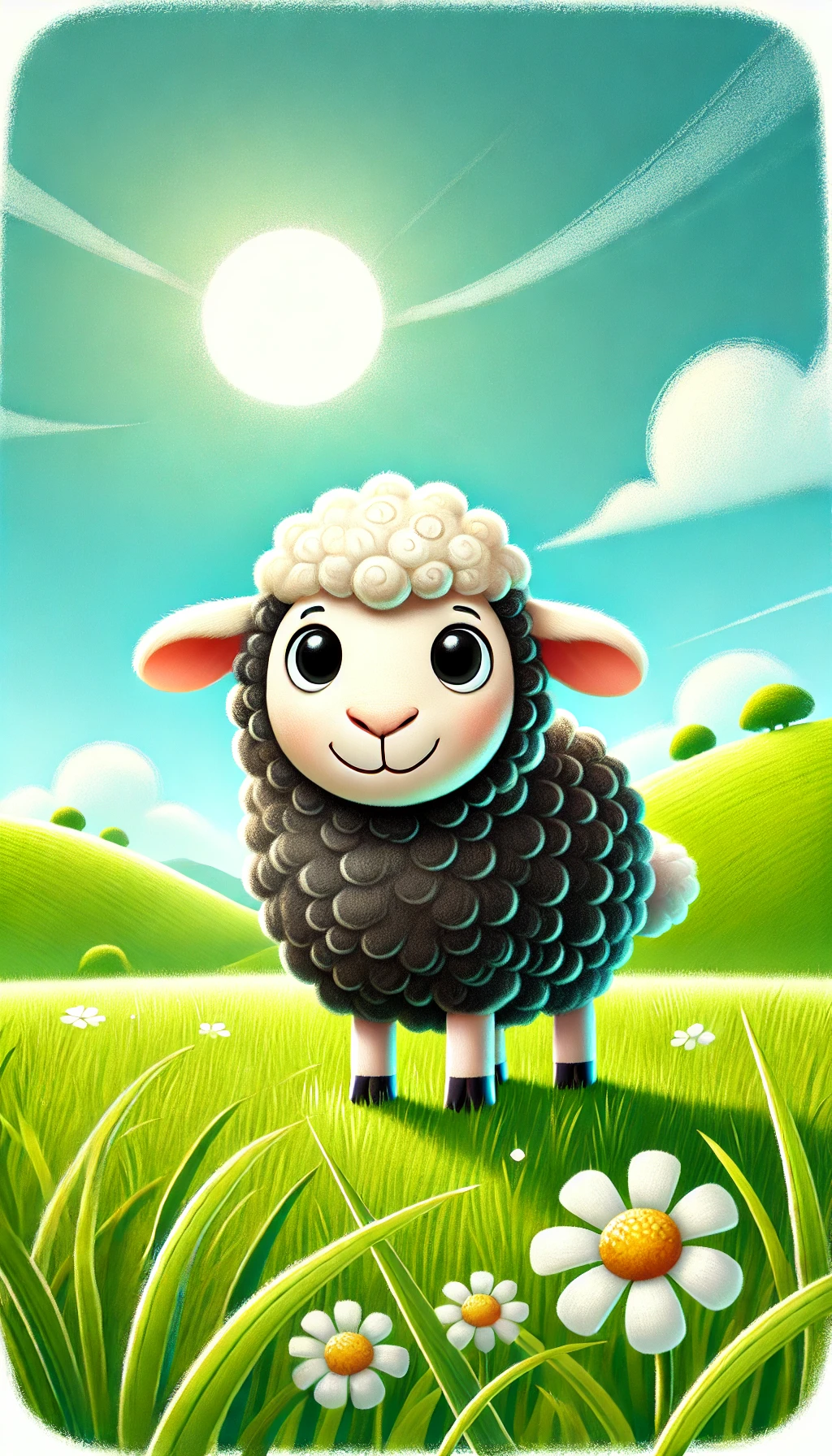Melody, Memory and Prosody: Tuning in to Nursery Rhymes

The traditional songs of childhood are widely recognised as one of the most powerful resources in early language development. This is true across all cultures, with parents universally singing with their babies and young children.
Intriguing vocabulary, syntactical patterning, repetition and rhyme command the attention of very young listeners. In our society, perfectly crafted miniature story-songs swiftly introduce the nursery rhyme dramatis personae. And what characters they are! Moon-jumping cows, clock-ascending mice, milkmaids with arachnophobia, ten thousand soldiers endlessly on the march and ever resourceful structural engineers, considering their risk assessments as they do their best to shore up London Bridge. Plots are rolled out and resolved, often in the space of four short lines of text.
Amongst such linguistic and imaginative richness, it is easy to overlook the significance of that other key element of most nursery rhymes, the tune.
Melody and memory
How do nursery rhyme tunes contribute to language learning?
Firstly, there is overwhelming research evidence that tunes, with their distinctive melodic and rhythmic patterns, are very strong memory hooks. As soon as we hear the melody of a known song, we immediately recall at least some of the lyrics, probably the opening phrases and any repeated sections such as the chorus.
This is why advertisers often use jingles. For very young learners, familiar tunes help the learner navigate a language landscape of ambitious vocabulary and sophisticated sentence structures. The tunes are the vehicle that carry new words and phrases into each child’s communicative repertoire. Children delight in singing them back – One for the master and one for the dame -- even when they do not yet grasp their full meaning. As their understanding grows, they enjoy subverting nursery rhymes with simple substitutions – Humpty Dumpty sat in a car. Humpty Dumpty didn’t get far. Throughout this experimentation the tune is the constant, referencing the original source, securing the basic structure and freeing up the brain to play around with the words.
Ready to find out more?
Eve Morton and Rebecca Sowden also write about oracy in their article 'More than Baby Talk' .

Prosody
Perhaps even more important is the contribution that melodic repertoire makes to the development of prosody amongst young speakers. Effective spoken communication is so much more than words. Pitch, pace, volume, tone and pause all convey additional meaning.
- they empower speakers to communicate emotions, attitudes and social nuances such as assertiveness, politeness and impatience
- they allow speakers to highlight important words and phrases, so their listeners readily identify key information
- they also support conversational turn-taking, signposting when one speaker is ready to pass the baton to another.
Tuneful nursery rhymes play an important part in the development of prosody. Think of the rising melody in the opening question of Baa baa black sheep have you any wool? then the pause to indicate a change of speaker.
The second descending melodic phrase Yes sir, yes sir, three bags full returns the listener to the starting note, indicating a satisfactory answer to the question.
Think also of the quiet, steady, repetitive structure of many lullaby tunes – Hush little baby, don’t say a word – designed to calm and focus the listener, to slow breathing towards sleep. Compare that with the urgent pulsating and much more strident tune when The runaway train went down the track and she blew, she blew! with its huge melodic leaps in the last frantic blew, blew, blew, blew, blew! Here the word stays the same and the abrupt changes in pitch add all the drama to the story.
Some of the most engaging nursery rhyme tunes are those where there are sharp contrasts in volume and tempo, with pauses to ramp up the tension. This is why The Dingle Dangle Scarecrow is such a perennial favourite.
How to choose your rhymes
Educators may be tempted to select songs purely because they are thematically linked to ongoing class topics or to prepare for a performance. You should, however, consider breadth, balance and progression in the nursery rhyme tunes that you teach children right across the foundation stage.
Audit your school or setting nursery rhyme repertoire, with particular reference to prosody. Check to ensure that you introduce children to:
- fast and slow nursery rhymes and those that change speed such as the slow Rock a bye baby, Twinkle twinkle little star and the fast Hey diddle diddle, and Bobby Shafto’s gone to sea.
- loud and soft nursery rhymes such as Peter hammers with one hammer and I see the moon, plus those that include changes in volume such as My jack-in-box jumps up like this and See the bunnies sleeping.
- question and answer nursery rhymes such as I hear thunder, When Goldilocks went to the house of the bears. One, two, three, four, five, once I caught a fish alive, Mary, Mary, quite contrary, Pussy cat, pussy cat, where have you been? Do you know the muffin man?
- tunes in minor and major keys such as the minor Elephants have wrinkles and All the pretty little horses, and the major London Bridge is falling down and Polly put the kettle on
- different time signatures for marching, galloping or skipping such as The grand old Duke of York, The ants came marching two by two, Boys and girls come out to play, Here we go round the mulberry bush.
- nursery rhyme tunes where the shape of the melody, the story and any actions reinforce each other, such as Hickory dickory dock, Incy wincy spider, Jack and Jill went up the hill.
Ready to find out more?
When you've chosen you nursery rhymes, you can read more about how to use them to develop model morality tales in this article by Claire Graham.
Summing Up
This melodic range, combined with lively gestures and movement, nurtures expressive speech in the critical window of learning that is the early years foundation stage. Since “nothing captures the heart like a melody can”, enjoy your tunes this World Nursery Rhyme Week!
If you want to learn more about musicality and early language development, follow this link to Music and the Baby Brain, a fascinating summary of recent research by Dr Patricia Kuhl.
Article by
Catherine Worton
School Improvement Officer
Teaching, Learning, Curriculum and Leadership
catherine.worton@northtyneside.gov.uk

